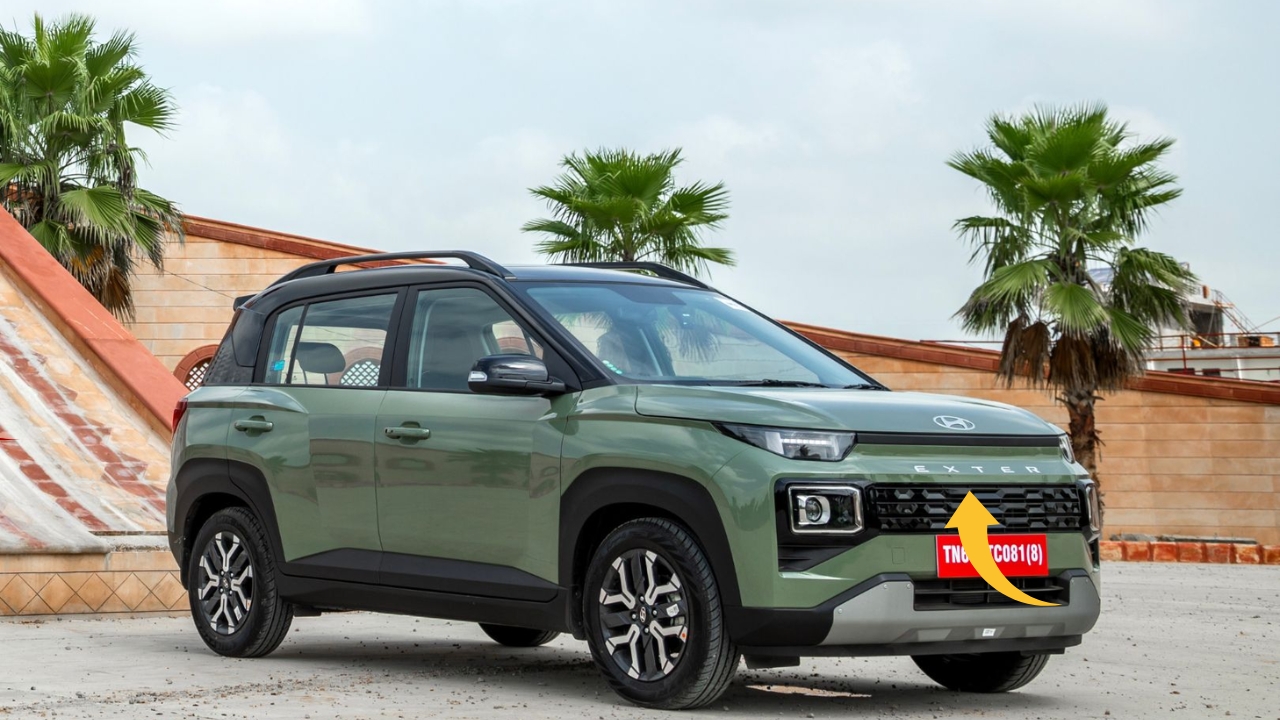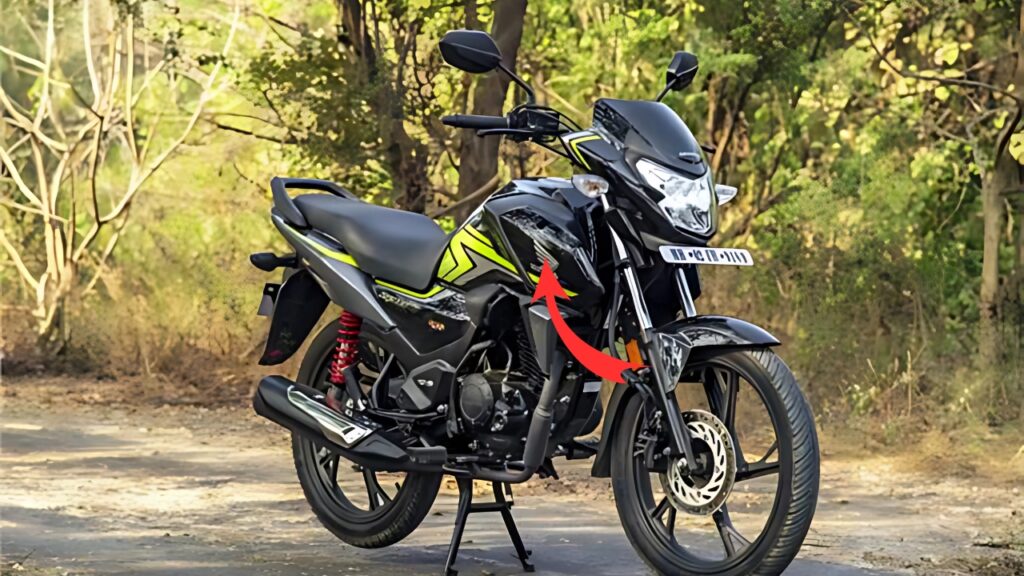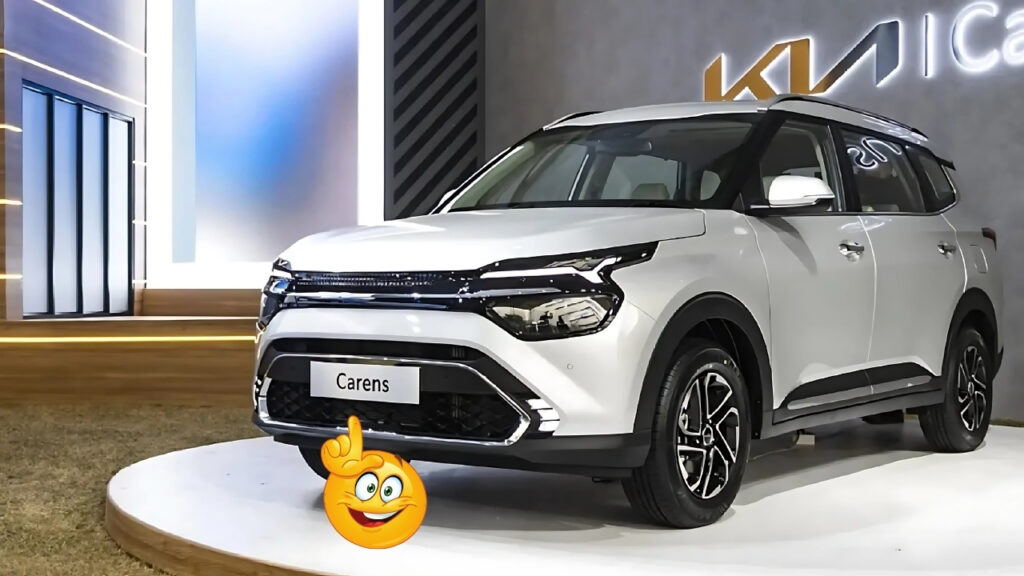Hyundai Exter CNG: The Hyundai Exter entered a bustling segment populated by established players like the Tata Punch, Nissan Magnite, and Renault Kiger.
What distinguished the Exter was its distinctive styling, feature-rich package, and Hyundai’s reputation for reliability and after-sales service.
The addition of factory-fitted CNG (Compressed Natural Gas) variants further differentiated the vehicle in a market where fuel costs represent a significant portion of ownership expenses.
Factory-fitted CNG systems have gained substantial traction in India over the past few years, with Maruti Suzuki and Tata Motors leading adoption.
Hyundai’s expansion of its CNG portfolio to include the Exter represents a strategic response to this market trend, positioning the vehicle to appeal to both private owners and commercial operators, particularly in urban areas where CNG infrastructure is relatively well-developed.
Table of Contents
Hyundai Exter CNG: Powertrain Specifications and Performance

The Exter CNG utilizes Hyundai’s proven 1.2-liter Kappa petrol engine modified to run on both petrol and CNG.
This four-cylinder naturally aspirated engine produces approximately 69 horsepower and 95.2 Nm of torque when running on CNG—figures that represent a reduction of roughly 14% in power and 18% in torque compared to petrol-only operation (where it delivers 83 horsepower and 114 Nm).
This power reduction is consistent with the physics of CNG combustion and represents an acceptable compromise given the significant economic benefits.
The Exter CNG is available exclusively with a 5-speed manual transmission, as the engineering complexities and additional weight of combining CNG systems with automatic transmissions present challenges in this price-sensitive segment.
Performance, while not the primary consideration for CNG vehicle purchasers, remains adequate for typical usage scenarios.
The 0-100 km/h acceleration takes approximately 15-16 seconds in CNG mode, with a top speed of around 150 km/h.
While these figures won’t excite enthusiasts, they provide sufficient capability for urban and occasional highway driving, which constitutes the majority of this vehicle’s intended use.
More relevant to target consumers is the Exter CNG’s fuel efficiency, with Hyundai claiming figures of approximately 27-28 km/kg.
With CNG typically priced 40-50% lower than petrol in major Indian cities, this translates to running costs significantly below those of conventional petrol vehicles—an attribute of paramount importance in the value-conscious Indian market.
Engineering Adaptations for CNG Operation
Converting a petrol engine to bi-fuel CNG operation requires several significant engineering modifications.
Hyundai’s factory-fitted solution incorporates hardened valve seats, strengthened pistons, and modified valve timing to accommodate the different combustion characteristics of natural gas.
The engine management system features dedicated programming for both fuel types, optimizing performance and efficiency based on the selected fuel.
The CNG storage system comprises a 60-liter water-equivalent tank positioned in the cargo area, providing approximately 8-9 kg of usable CNG capacity.
This installation reduces luggage space from the standard 391 liters to approximately 260 liters—a notable but not prohibitive reduction for a vehicle in this class.
Safety features specific to the CNG system include an auto-switch to petrol mode when gas pressure falls below a certain threshold, a leak detection system with automatic tank isolation, and thermal sensors that trigger safety protocols during excessive temperature conditions.
These factory-engineered systems offer significant advantages over aftermarket conversions in terms of integration, reliability, and safety.
Design and Exterior Features
Externally, the Exter CNG is visually identical to its petrol-only counterpart, maintaining the distinctive design language that helped establish its market presence.
The vehicle’s compact dimensions (3,815mm length, 1,710mm width, and 1,631mm height) coupled with 185mm ground clearance create proportions that deliver the elevated seating position and visual presence of an SUV while remaining manageable in congested urban environments.
The front fascia features Hyundai’s parametric grille design flanked by split LED headlamps, creating a family resemblance with larger Hyundai SUVs like the Venue and Creta.
The side profile incorporates squared wheel arches with plastic cladding that communicates ruggedness, while the rear design includes H-shaped LED taillights that establish a distinctive lighting signature.
The only external identifier of the CNG variant is a small badge on the tailgate—a deliberate choice that avoids stigmatizing the alternative fuel version as visually distinct or inferior to the standard model.
The CNG variants retain the alloy wheel designs of equivalent petrol trims, further maintaining visual parity.
Interior and Features
Inside, the Exter CNG largely maintains the feature set of corresponding petrol variants, with a few modifications necessitated by the powertrain.
The 8-inch touchscreen infotainment system with wireless Apple CarPlay and Android Auto remains standard on most trims, as does the digital instrument cluster offering customizable display options.
The most notable interior change is the addition of a fuel selection switch positioned near the gear lever, allowing drivers to choose between petrol and CNG operation.
A dedicated CNG level indicator in the instrument cluster provides real-time information about remaining gas quantity.
The infotainment system also incorporates CNG-specific information in its trip computer functions, displaying data about efficiency and range for both fuel types.
Comfort features including automatic climate control, rear AC vents, and a single-pane sunroof are retained on higher trims of the CNG variant—a departure from earlier industry practice where alternative fuel versions often saw significant feature reductions.
This approach reflects Hyundai’s understanding that CNG buyers increasingly expect the same comfort and convenience features as petrol vehicle purchasers.
The seating arrangement accommodates five occupants, with front seats offering good support and visibility.
Rear seat space is acceptable given the vehicle’s compact external dimensions, with adequate headroom thanks to the tall roof.
The reduced cargo capacity due to the CNG tank installation represents the only significant compromise to practicality.
Safety Equipment
Safety represents a critical aspect of CNG vehicle design due to the pressurized fuel storage system.
The Exter CNG incorporates all standard safety features of the petrol model, including six airbags, electronic stability control, hill-start assist, and a rearview camera on higher trims. Additionally, the CNG system features multiple dedicated safety systems:
-
Micro-switch that prevents engine starting when the fuel lid is open
-
Auto-cutoff solenoid valve that activates during leakage detection
-
Thermal sensors that monitor tank temperature
-
Burst disc pressure release valve for emergency pressure venting
-
Fire retardant material surrounding key components
These CNG-specific safety features complement the vehicle’s structural integrity, which benefits from high-strength steel incorporation in critical load-bearing elements.
The overall safety package positions the Exter CNG favorably against both competitor CNG offerings and aftermarket conversions, which typically lack such comprehensive integrated safety systems.
Driving Experience
The driving experience of the Exter CNG differs subtly from its petrol counterpart, primarily due to the altered power delivery characteristics. Initial acceleration feels slightly more restrained, with maximum torque arriving at higher RPM.
The additional approximately 100-120 kg of the CNG equipment also impacts dynamics, with slightly slower directional changes and increased body roll during cornering.
However, for typical urban usage patterns, these differences remain largely academic. The steering retains the light effort beneficial for city maneuvering, while the suspension tuning continues to prioritize comfort over sportiness—an appropriate choice given Indian road conditions.
The slightly firmer rear suspension settings, necessitated by the additional weight of the CNG tank, actually improve stability when navigating road imperfections at highway speeds.
The most notable operational difference is the need to start the vehicle in petrol mode before switching to CNG—a common characteristic of bi-fuel systems.
Once running on natural gas, the engine noise signature changes subtly, generally becoming slightly quieter with a less pronounced exhaust note.
Vibration characteristics also improve somewhat on CNG operation, a welcome characteristic during idle and low-speed driving.
Ownership Economics
The economic equation represents the primary motivation for most CNG vehicle purchases. The Exter CNG commands a premium of approximately ₹95,000 over equivalent petrol variants—a significant sum that requires justification through operational savings.
At typical fuel prices, the cost-per-kilometer in CNG mode is roughly 40-50% lower than when running on petrol.
For an owner covering approximately 1,500 kilometers monthly, this translates to potential monthly savings of ₹3,000-4,000, suggesting a break-even period of roughly 24-30 months for the additional acquisition cost.
Beyond fuel savings, CNG vehicles typically enjoy longer engine component lifespans due to cleaner combustion characteristics, potentially reducing long-term maintenance costs.
However, this advantage is partially offset by the requirement for additional maintenance checks of the CNG system components and more frequent filter replacements.
Resale value projections for factory-fitted CNG vehicles have improved significantly in recent years as market acceptance has grown.
Current trends suggest that the depreciation curve for well-maintained factory CNG vehicles closely mirrors that of petrol counterparts, representing an improvement over the higher depreciation historically associated with aftermarket conversions.
Hyundai Exter CNG
The Hyundai Exter CNG represents a thoughtfully executed adaptation of a successful compact SUV platform to accommodate alternative fuel technology.
Rather than treating the CNG variant as a stripped-down economy option, Hyundai has maintained the core attributes that made the standard Exter competitive while adding the economic benefits of natural gas operation.
This approach reflects the evolving nature of the Indian automotive market, where alternative fuels are increasingly viewed not merely as a compromise made for economic reasons but as a legitimate choice deserving of the same features, safety, and refinement as conventional vehicles.
The comprehensive factory integration of CNG technology provides significant advantages over aftermarket solutions, particularly regarding safety, reliability, and warranty coverage.
As fuel prices continue their upward trajectory and environmental concerns gain prominence, factory-fitted CNG vehicles like the Exter are likely to capture an increasing market share, particularly in urban areas with well-developed gas distribution infrastructure.
Hyundai’s execution of the Exter CNG positions it strongly within this growing segment, offering a compelling combination of SUV styling, practicality, and economic operation that aligns well with the priorities of value-conscious Indian consumers.





